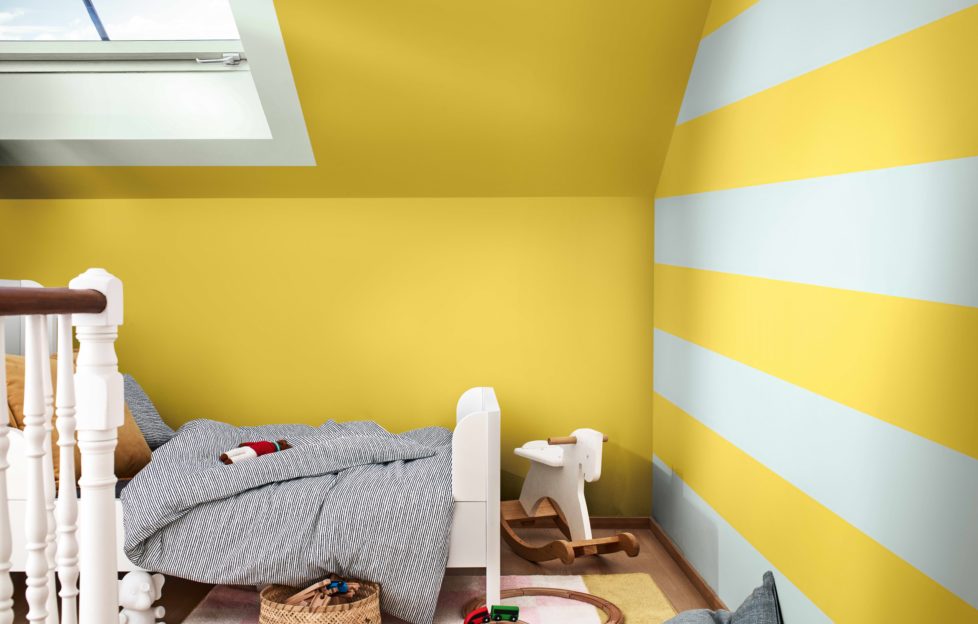The Lowdown on Moving Up – Loft Conversions

Spending more time indoors over past months has made many of us long for more space – and if you have an attic, a loft conversion could be the answer. We asked Ben Dyer, CEO of Powered Now, for his advice on all we need to know…
What advantage does a loft conversion bring?
– Increase property space
A loft conversion can provide your home with a significant increase in usable space. If it’s well planned you can also turn an empty void into a highly functional, multi-purpose room. There is also a secondary advantage that you are not eating into your outside space as you typically would with an extension.
– Avoid the cost of moving and add value to your home.
By increasing your usable space you can delay the dreaded day you need to consider moving home. With the average loft conversion costing a similar amount to Stamp Duty you can add real value to your property without it costing the earth. Research from Nationwide Building Society reports a property with a loft conversion can sell up to 20% more than one without, making a loft conversion one of the easiest, and cheapest ways to increase your property value.
It is also worth considering the attractive energy voucher scheme the government has recently launched, your loft conversion project may also be eligible for a £500 energy grant; potentially making the project even cheaper.
– Improve the ambience of your house
A loft conversion brings opportunities to add some nice touches such as Velux windows which are a great source of natural light. Also being at the top of the house you have the opportunity to add a room with a view.
What homes are suitable for loft conversions?
Most houses with a traditional roof can be made suitable for conversion, however the type of roof structure can play a big part in how easy this can be accomplished. A traditional roof will be made with M shape rafters, you will generally find these on older houses that were typically built before the 70s. This M shape rafter will make the job considerably easier.
Newer properties, generally built after 1970 will have a modern trussed roof. These are made with rafters that form a W shape that can take up a lot of the usable space in the loft. It is not impossible to alter the rafters, but this will be a larger, more involved conversion. The advantage however of this newer structure is an increase in height, W shaped rafters are typically taller than the traditional counterpart.
It is also worth considering how your home is plumbed. Homes with a water tank in the roof will require additional consideration as this may need to be moved or even replaced.
How do you start planning and preparing, for instance getting planning permission?
Getting started with a loft conversion should begin with a survey to determine your lofts suitability. An experienced surveyor would have consulted on a large number of loft conversions and can really shortcut the process by talking you through your options. This will also help you navigate the large number of building regulations involved with a conversion.
Typically planning is not required as it will fall under your permitted development rights. However depending on the scope of your project you may need to get permission if you exceed certain limits and conditions. Good examples of this include extending or altering the roof space, window position and even where your house is. You’ll also have to follow building regulations, which are in place to ensure that building work is done safely.
What will be involved – cost of materials, tradesmen, length of time needed?
The length, cost and number of people involved in your project completely depends on the scope of the project. However typically a conversion will cost from around £15,000 to £60,000. The biggest determining factor is the suitability of the roof structure, reframing the roof and replacing rafters can double the total cost and length of time. However even if this is required the value per meter square of a loft conversion if still greater than a typical extension. Many homeowners with water storage tanks will also use a loft conversion project to move to a modern pressurised system, this has the advantage of increasing more space in the loft but the added cost needs to be included in the project.
A conversion can be completed very quickly with some properties only taking a number of weeks. However again depending on the scope and obstacles in the way, milage may vary!
Can you manage the project yourself or is it best to get a project manager (if so how do you find one)?
A good building firm can manage the project for you from start to finish. If planning is required it’s advisable to involve architects to draw up detailed plans as this will also help you navigate the building regulations.
The best way of finding a good firm is to talk to your neighbours. If your home is suitable for a loft conversion there is a very high chance one of your neighbours has already completed this project and can recommend a firm to assist.
Are there any cases when it’s not a good idea to do a loft conversion?
It goes without saying that a loft conversion is only suitable for a house! If you live in a flat or maisonette I am afraid you are not permitted to convert your loft space. It can also get tricky if your home is situated in an area of restricted development rights such as an area of outstanding beauty.





